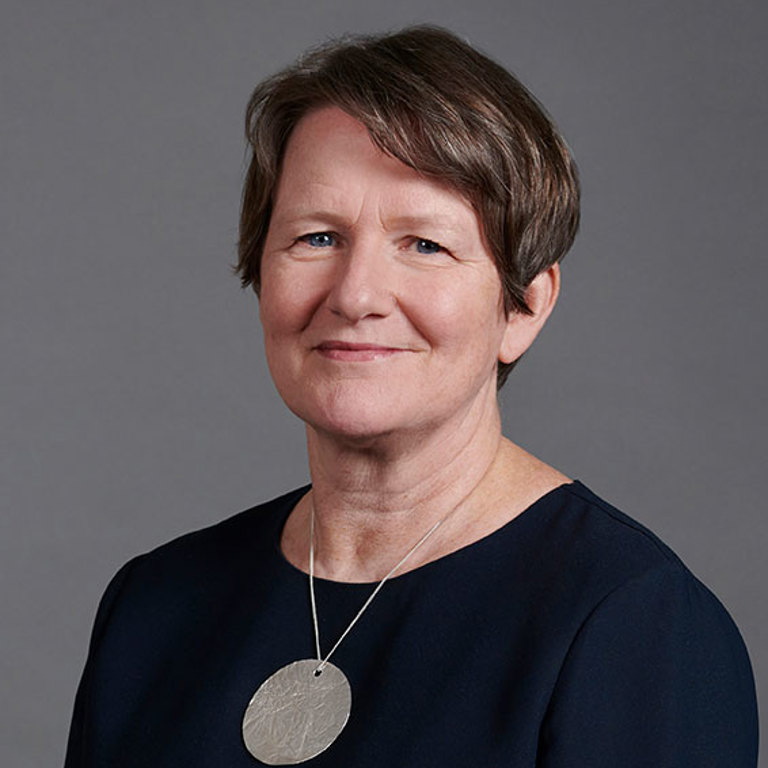Pensions Essentials - November 2023
Pensions Essentials - November 2023
|
Welcome to the second edition of Pensions Essentials. This month’s edition is dominated by the Autumn Statement – the tax issues resulting from the abolition of the lifetime allowance from 6 April 2024, as well as Government responses to consultation on DB schemes (surplus and consolidation), small deferred DC pots, pension trustees’ skills, master trusts and the future role of collective defined contribution (CDC) schemes. I am particularly excited to see the direction that CDC schemes might take, given my involvement in helping Royal Mail to develop the first scheme of this kind under the UK CDC regime. We also look at the implications for schemes of the Economic Crime and Corporate Transparency Act, a Pensions Ombudsman’s decision about the problematic overseas investment transfer condition and a High Court ruling that affects recoupment of overpaid benefits, and we report on the first superfunds transaction and the latest dashboards update. If you have any colleagues who would like to sign up for our communications, please click here. I hope you enjoy reading this. Chris |
Chris Sharpe
|
This material is provided for general information only. It does not constitute legal or other professional advice.
If you would like to discuss any of the above in more details, please contact your relationship partner or speak to one of the contacts below.








Pension legislation and regulation watch list
|
No |
Topic |
Effective date or expected effective date |
Further information/action |
|
1 |
Changes to DC scheme governance and disclosure |
From 1 October 2023: Inclusion of explanation of illiquid investment policies in default Statements of Investment Principles and disclosure of asset allocation data in Chair’s Statement. Draft regulations to extend Collective Defined Contribution to multi-employer schemes expected early 2024. |
DC schemes only. Consultation expected on draft regulations for phased introduction of new Value for Money framework for all DC schemes (excepting some small schemes). Draft legislation expected on decumulation options. More expected on small pot consolidation. |
|
2 |
DB consolidation |
Legislation “as soon as parliamentary time allows”, for new compulsory framework for superfunds. Public consolidator by 2026. |
TPR updated interim guidance issued August 2023.
|
|
3 |
Changes to pensions tax allowances |
Finance (No 2) Act 2023: removal of lifetime allowance charge (replaced with income tax charge on lump sums that could have triggered a charge) and changes to other allowances, from 6 April 2023. |
Abolition of lifetime allowance and introduction of new tax-free cash allowances and changes to tax on refund of surplus from 6 April 2024, through Finance Bill 2023-24. |
|
4 |
Draft DB Funding Code of Practice |
Part 2 of TPR consultation and draft Code issued 16 December 2022. Regulations and Code expected to be in force from April 2024 but may be delayed until October 2024. |
DWP regulations issued for consultation July 2022. |
|
5 |
TPR General Code of Practice |
Revised Code expected shortly. |
All schemes. |
|
6 |
New notification requirements for DB schemes in relation to corporate and financing activity and change to the notification process |
Response to consultation on draft Notifiable Events (Amendment) Regulations was expected in Summer 2022. |
TPR will consult on update to Code of Practice 2 (Notifiable Events) and accompanying guidance once DWP have published their finalised regulations and consultation response. |
|
7 |
Pensions dashboards |
Compulsory connection deadline of 31 October 2026 for all schemes with 100 or more active and/or deferred members at scheme year end between 1 April 2023 and 31 March 2024; staging timetable to be set out in DWP guidance. |
All registerable UK-based schemes with active and/or deferred members. |
|
8 |
Corporate transparency |
Regulations under the Economic Crime and Corporate Transparency Act, expected to come into force in early 2024, will introduce requirements on identity verification, corporate directors and limited partnerships. |
All corporate trustees and schemes using Scottish Limited Partnerships. |








